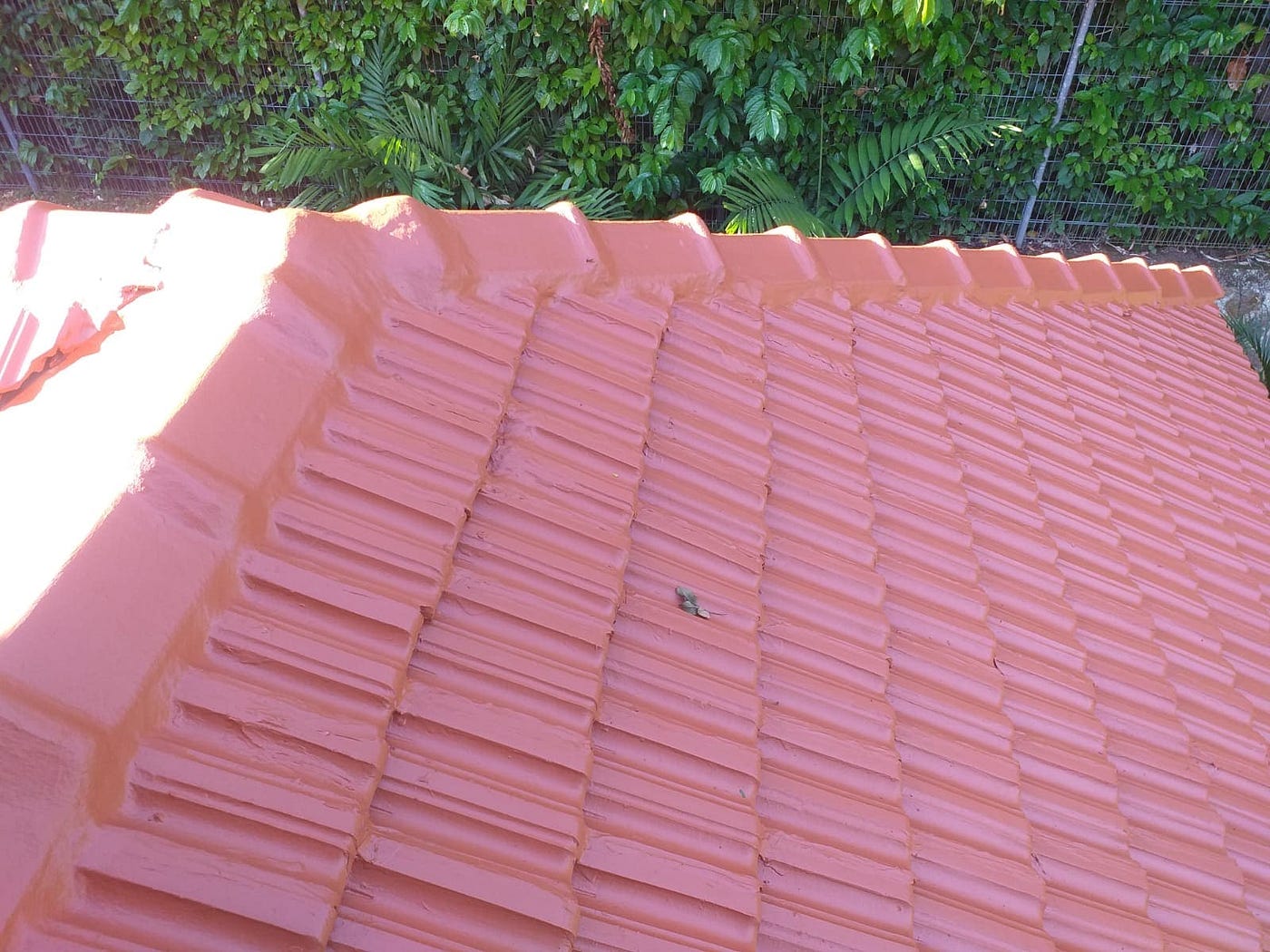Window Tint Vs. Window Film: What’s the Difference?

Window tint and window film are materials applied to glass, but they serve different purposes. Window tint is a window film that provides explicit shading to reduce solar radiation, enhance privacy, and minimize UV exposure, which can protect interiors and improve energy efficiency. In contrast, window film refers to a broader category, including various types such as decorative, privacy, security, and specialty films. These can offer benefits from aesthetic enhancements to safety features without altering the appearance of the glass to a large extent. Exploring each type’s unique properties can further illuminate which option best suits your requirements.
Table of Contents
Definitions and Core Differences
Understanding the fundamental distinctions between window tint and window film is essential for selecting the appropriate option for specific architectural needs. Window tinting is primarily a subset of window film, specifically designed to alter the appearance and functionality of glass by adding color or dye. This process is pivotal in blocking solar radiation, which enhances privacy, reduces glare, and mitigates UV exposure. Conversely, window film refers to a broader category of polyester laminates, which can be either clear or tinted. These films are adaptable, serving multiple purposes, such as UV protection and energy savings, without extensively altering the window’s natural appearance. Each serves unique functions, addressing privacy and light control requirements in diverse environments, from commercial spaces to residential settings.
Types of Window Films
Exploring the various types of window films reveals a range of applications, from aesthetic enhancements to functional protections. Decorative films offer stylish solutions that enhance privacy, with myriad designs customizable to individual preferences. On the other hand, privacy films serve a specific function by obstructing views into private spaces, ideal for residential or corporate environments. Security films fortify windows against break-ins and accidents, providing a shatterproof barrier that holds glass fragments in place. Specialty window films meet unique needs such as soundproofing, UV protection, and even migraine relief through light-filtering technology. Customized options are available for those with specific requirements, allowing for tailored solutions that address unique challenges in both home and commercial settings.
Benefits of Window Tint
While various window films provide tailored solutions for specific needs, window tinting remains popular for its extensive benefits in privacy and energy management. Window tints greatly enhance privacy, making them ideal for commercial buildings where confidential activities demand discretion. This feature is customizable through different shades, allowing businesses to adjust the level of privacy according to their specific needs. In addition, applying window tint contributes to energy efficiency by reducing the load on HVAC systems, as it minimizes heat gain from sunlight. This lowers energy costs and extends the lifespan of HVAC units. Additionally, window tints block harmful UV rays, protecting interior materials from fading and reducing health risks associated with UV exposure.
Installation and Maintenance
Proper installation and regular maintenance are essential for maximizing the effectiveness and lifespan of both window tint and window film. Due to its permanent nature, window tint necessitates professional installation to guarantee optimal adhesion and performance over time. Maintenance should be performed gently, using mild, soapy water and avoiding abrasive materials that could scratch or damage the tint. Conversely, window film offers more flexibility as a DIY project, accommodating those inclined towards hands-on home improvements. However, meticulous care is required during installation to avoid air bubbles and guarantee a seamless appearance. Regular maintenance of window film also involves gentle cleaning to preserve its integrity and aesthetic quality, thereby extending its usability and effectiveness.

Cost Comparison
When evaluating the costs of window tint and window film, it is important to consider both the initial installation expenses and the long-term financial benefits of each option. Here’s a detailed comparison:
- Initial Cost: Window tinting typically ranges from $5 to $15 per square foot, whereas window film installation costs between $7 and $20 per square foot.
- Type of Film: Costs vary with the type of film; dyed, metallic, or ceramic options influence window tinting prices.
- Professional Installation: Adding professional installation incurs labor costs, which can significantly impact total expenses.
- Energy Savings: Window film, though initially more costly, may offer greater energy savings, optimizing cost-efficiency over time.
Choosing the Right Option
After examining the costs associated with window tint and window film, it is important to closely evaluate your needs to determine which option is most suitable for your space. If your priority is maintaining a high level of natural light while protecting against UV rays, window film may be the superior choice. Its clear appearance preserves the aesthetic of your windows and offers exceptional UV ray protection, which is ideal for residential settings. Window tint provides varied shading options that enhance privacy and reduce glare, which is suitable for environments where controlling light exposure is essential. Both options contribute to energy efficiency, but your decision should align with your primary concerns of privacy, light control, and UV protection.
Conclusion
To sum up, choosing between window tint and window film is akin to selecting a suit of armor: each serves to protect and enhance, yet their suitability depends greatly on the specific battleground, be it a home, office, or vehicle. The decision hinges on evaluating each option’s permanence, aesthetic flexibility, and thermal efficiency. Accurate assessment of these factors guarantees that the investment meets immediate needs and aligns with long-term usability and satisfaction.




